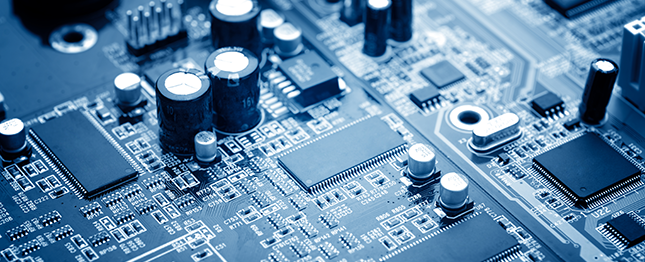Immersion silver is one of several RoHS compliant finishes that protects the underlying copper from oxidation. It is a thin immersion deposit and its main function in the manufacture of circuit boards is as a solderability preservative, dissipating into the solder to leave a clean copper surface for soldering. In addition, the silver layer helps to prevent copper oxidation of the printed board over its lifetime.
IPC-4553A details the parameters for the immersion silver surface finish in a production environment that result in a reproducible and stable solder joint.

The first immersion silver specification, IPC-4553, was issued in 2005 and reflected mainstream printed board production practices of the time, i.e. guidelines for two distinct types of commercial immersion silver deposit available (termed ‘thick’ and ‘thin’ by the industry). However, over time the supply of the ‘thin’ deposit reduced and the ‘thick’ version became the industry norm. In 2009 the regulation was updated to reflect this, and today we have IPC-4553A.
Crucially, the revised specification has an upper and lower limit to the immersion silver deposit thickness. This is important for quality control in manufacture and reliability of the component while in the field. If the plating thickness is too small, the copper will oxidize during the soldering process and the join may fail in production. If the deposit is too thick, the solder joint may eventually weaken and fail in the field. The regulation is designed to provide a reliable surface finish for a shelf life of 12 months per IPC J-STD-003.
As well as finish thickness specifications, the IPC-4553A also gives parameters for: porosity, adhesion, cleanliness, electrolytic corrosion, chemical resistance and high frequency signal loss. In addition, because silver is an active substance and tarnishes when combined with Sulphur, packaging and storage guidelines are given to minimize contact of the silver surface with the environment.
The full specification is available from the IPC here.
Future iterations of the specification are likely to cover additional uses of the immersion silver surface finish, such as aluminum wire bonding and metallic dome contacts.
The IPC-4553A specification lists a thickness range for silver plating that is to be tested by XRF. XRFs used for analyzing tin thickness can be set up in different ways depending on the kind of detector found in the instrument – either a proportional counter or a semiconductor detector like a silicon drift detector (SDD). Using an XRF that is not set up correctly may result in inaccurate readings. IPC-4553A specification helps manufacturers to ensure they’re carrying out accurate measurements by giving detailed XRF instrumentation calibration instructions, including the use of XRF standards specifically suitable for this type of measurement. A full discussion of the influence of detector choice and analytical line selection, as well as the use of foil standards rather than electroplated standards (to prevent the impact of intermetallic layer formation) is given, with recommendations on how to incorporate this into production-scenario XRF calibration.
Hitachi High-Tech Analytical Science are members of the IPC and fully recommend following IPC guidelines for achieving quality and reliability for printed board surface finishes, including immersion silver. Our XRF instruments are developed to keep up with the rapid advances of PCB technology, and are designed to help you achieve consistency and reliability in production.